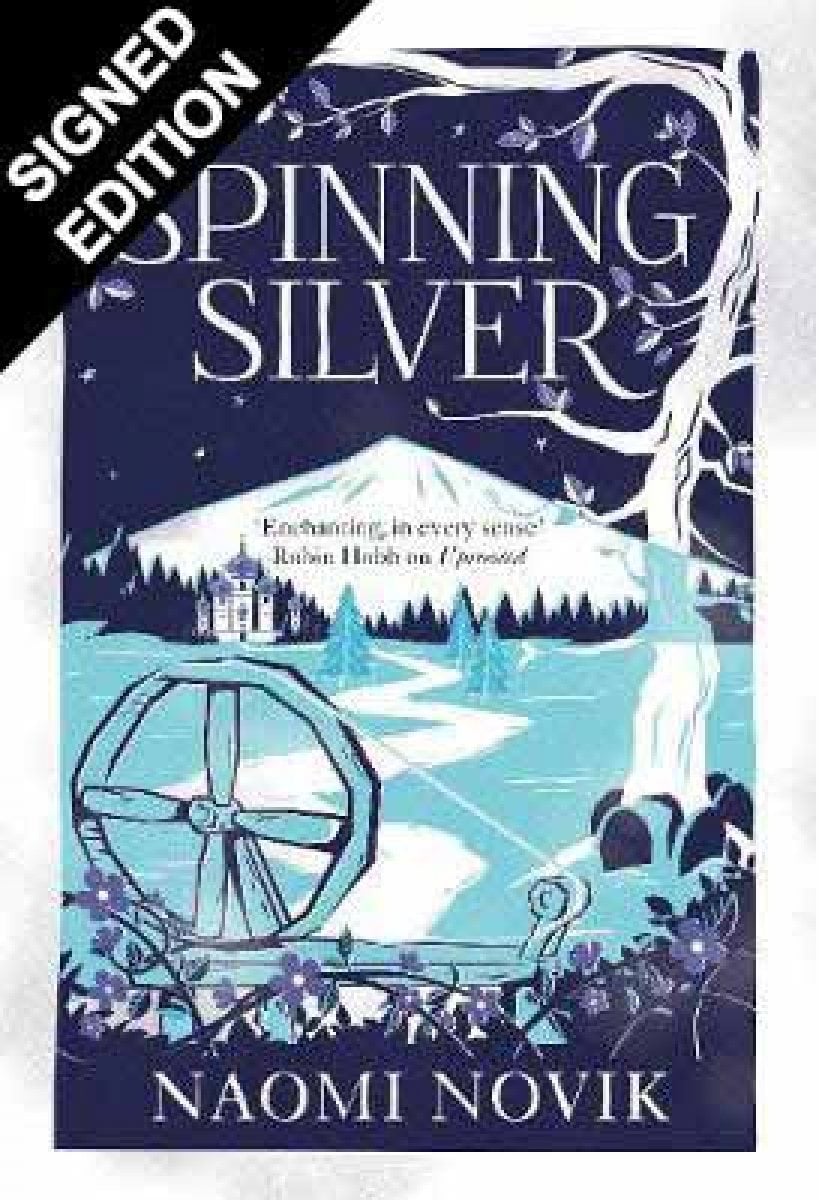
It’s fun and engaging, and its characters are top-notch, but it only touches brilliance without actually grasping it. Spinning Silver is a classic 4 star book. The outcome is still satisfying, but I found myself thinking “what are the odds?” as one character runs into another or two characters working together for a common goal despite no communication between them. Characters run into each other in such a random way that I almost expected another character directing the events from behind the scenes.

Where the book fails the most for me is in certain areas of the plot that seem to rely on sheer coincidence and luck. The deconstruction of fairy tales and fairy tale tropes has become a trope in itself, and I think I’m getting a bit tired of it. It certainly provides food for thought, but the parts the directly reference the fairy tale are also some of the weakest of the book in my eyes. Novik called this book “a conversation with the Rumpelstiltskin fairy tale, although it’s probably more of an argument.” I must admit that as a Jewish person who grew up on the Hebrew version of the fairy tale, I’ve never considered how it’s subtly anti-Semitic, but it’s hard not to see it after reading the book.

From that point of origin, the story goes on a wild, twisting path, in usual Novik fashion, so that’s it’s impossible to tell where it will lead in the end. The story starts with Miryem, a Jewish girl and the daughter of the worst moneylender in history, who decides to take on the family business and do it right this time. Nevertheless, the characters are well-defined, are a joy to read, and the additional angles lead to a full and engaging story. I appreciate the element of the unexpected, but it could get a bit jarring at a time.

The biggest difference is that Spinning Silver features multiple POVs, which Novik often introduces when you least expect one to be introduced. It’s hard not to feel that Novik is treading familiar grounds.

There is something inhuman and hostile that lives in the forest, and the lead starts the story as a regular girl with no unique abilities or distinguishing physical features. It is set in a land with locations and names that evoke real-world Eastern Europe circa the 13th century. Now, you might say that it’s not fair to compare the two books, but Spinning Silver kinda asks for it: Once again it’s a female-led, first-person, fantasy tale. TL DR – Spinning Silver is well-written, immensely enjoyable, masterfully atmospheric, and features excellent characters and an intriguing plot. Usually, reviews like this will have the TL DR in the bottom, but in this case, I feel that there is a context needed to any discussion of the book, so let start with:


 0 kommentar(er)
0 kommentar(er)
